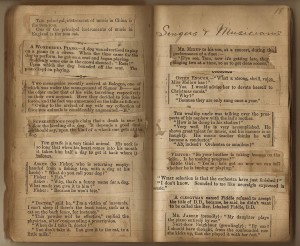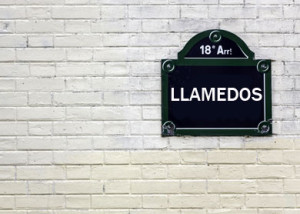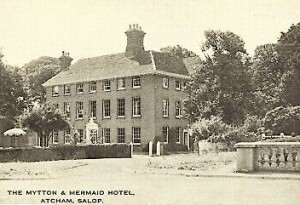
Can information found in fiction be trusted? By definition much of it is imaginary, but some of it can sound very convincing. However most factoids are quickly proved or disproved online (but not so easily in the case of Le Carre, and with mixed results with Borges). Three examples from recent reading…
In Jorge Luis Borges’s short story Tlön, Uqbar, Orbis Tertius (in Ficciones, Grove Press 1962 page 19) he refers to a book that had appeared ‘in the library catalogues of Bernard Quaritch’ – A General History of Labyrinths by Silas Haslam. Quaritch is a real bookstore and is still trading, but the book is imaginary and cannot be found in any library (despite some wag’s entry at GoodReads with an Amazon ‘buy’ button.) However 6 pages later in a footnote Borges writes – ‘Russell (The Analysis of Mind 1921 page 159) conjectures that our planet was created a few minutes ago, provided with a humanity which “remembers” an illusory past.’ A fairly typical Borges conceit? No, the book exists and the conjecture is indeed on page 159, although as an idea, logically possible, it is swiftly dismissed by (Bertrand) Russell*.
Nicola Upson’s Fear in the Sunlight (2012) is a ‘cosy’ detective novel featuring the real life crime fiction writer Josephine Tey (1896-1952) as a sleuth and sapphist. She is in 1930s Portmeirion solving a murder, while Alfred Hitchcock is casting a film. A couple of women friends, driving down to join her, stay at the Mytton and Mermaid hotel just outside Shrewsbury. Nicola Upson describes this as a half way house for people driving from London to Portmeirion (on the Welsh coast) then a full day’s journey. She states that it was bought for this purpose by Portmeirion’s architect and owner Clough Williams Ellis. TRUE! Clough actually bought it and redesigned it in the early 1930s. It is still there on the banks of the Severn – serving a good afternoon tea, according to tripadvisor.
In Le Carre’s Agent Running in the Field (2019) the aging spy worries that he will be soon sent to the Retirement section ‘…who will offer me tantalizing openings in the arms industry, private contracting or other laying-out places for old spies such as The National Trust, the Automobile Association and private schools in search of assistant bursars…’ But can old spies just walk into jobs at the A A and the NT? Is that greying bursar at the exclusive boarding school an old spook who has handed in his Biretta? They have served their country and may deserve further employment; certainly after WW2 openings were made in many businesses for old soldiers, especially wounded ones, so it’s hard to hold up the LIE card confidently…
Portmeirion is now a 5 hour drive from London, without stopping and in good traffic. The Mytton and Mermaid is just over half way and would still make a good stop off. It is haunted by an eccentric former owner ‘Mad’ Jack Mytton, or so they say.. Continue reading

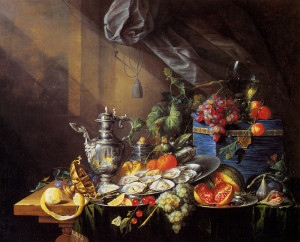
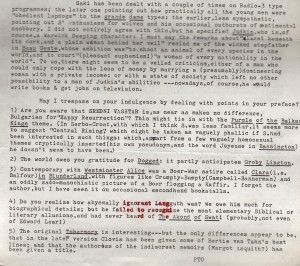
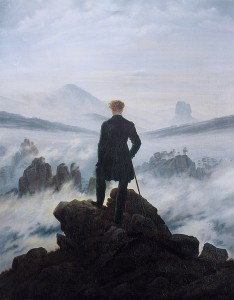
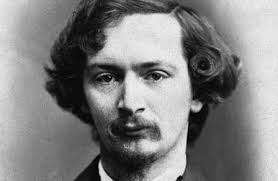 In the April 24th 1942 issue of John O’London’s Weekly can be found a perceptive view by the essayist Robert Lynd on the subject of risible poetry written by good poets. He takes his cue from an incident a century before when Thomas Wakley, the founder of the Lancet, stood up in the Commons to mock some puerile lines from ‘Louisa’ by the Poet Laureate, William Wordsworth.
In the April 24th 1942 issue of John O’London’s Weekly can be found a perceptive view by the essayist Robert Lynd on the subject of risible poetry written by good poets. He takes his cue from an incident a century before when Thomas Wakley, the founder of the Lancet, stood up in the Commons to mock some puerile lines from ‘Louisa’ by the Poet Laureate, William Wordsworth.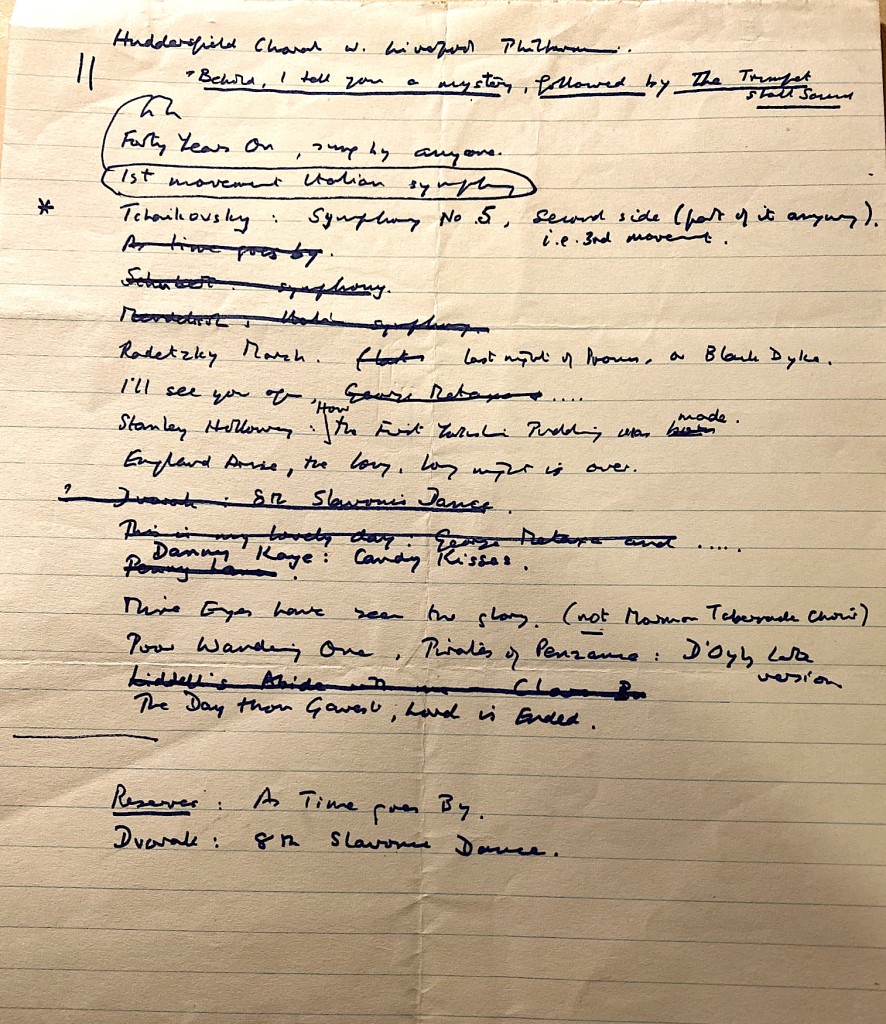
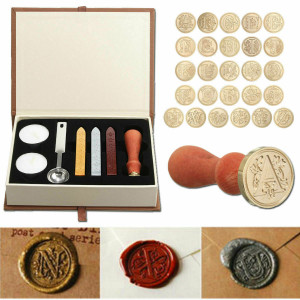
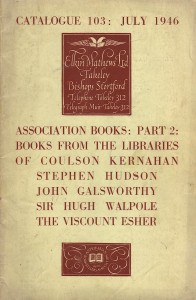 near Bishops Stortford, probably contained descriptions of books and manuscripts by one of the directors, Ian Fleming, an avid book collector. It’s tempting to imagine the future creator of James Bond trawling through some of the items in the catalogue in search of likely material.
near Bishops Stortford, probably contained descriptions of books and manuscripts by one of the directors, Ian Fleming, an avid book collector. It’s tempting to imagine the future creator of James Bond trawling through some of the items in the catalogue in search of likely material. Found — all 3 issues of The Golden Urn the rare magazine produced at Fiesole by Bernard Berenson, Logan Pearsall Smith and his sister Mary Pearsall Smith (later Mary Berenson.) Of some value – we have catalogued it thus:
Found — all 3 issues of The Golden Urn the rare magazine produced at Fiesole by Bernard Berenson, Logan Pearsall Smith and his sister Mary Pearsall Smith (later Mary Berenson.) Of some value – we have catalogued it thus: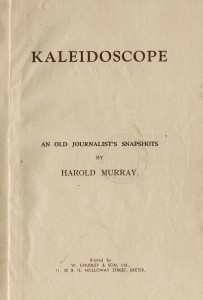
 Six years before homosexual acts between consenting adults were legalised Encore, the ‘little magazine’ devoted to contemporary theatre, published in Jan-Feb 1961, a perceptive item by ‘Roger Gellert’ entitled ‘A Survey of the Treatment of the Homosexual in some plays’. Gellert was the pseudonym of the one-time Third Programme announcer John Holmstrom, who left the BBC to become a playwright and theatre critic, only to return as an announcer on Radio Three and a contributor to Test Match Special.
Six years before homosexual acts between consenting adults were legalised Encore, the ‘little magazine’ devoted to contemporary theatre, published in Jan-Feb 1961, a perceptive item by ‘Roger Gellert’ entitled ‘A Survey of the Treatment of the Homosexual in some plays’. Gellert was the pseudonym of the one-time Third Programme announcer John Holmstrom, who left the BBC to become a playwright and theatre critic, only to return as an announcer on Radio Three and a contributor to Test Match Special.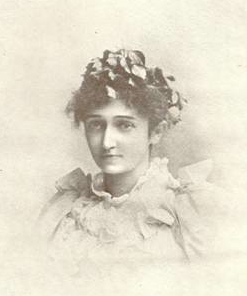 found on her lap following her suicide, aged just thirty, in December 1905. When discovered she was sitting in a comfortable chair dressed in a silk evening gown with fresh flowers in her hair. By her side was an empty bottle of phenol (carbolic acid), the poison of choice (bleach was another) for many suicides in the UK at that time, due to its availability and quick, but painful, action.
found on her lap following her suicide, aged just thirty, in December 1905. When discovered she was sitting in a comfortable chair dressed in a silk evening gown with fresh flowers in her hair. By her side was an empty bottle of phenol (carbolic acid), the poison of choice (bleach was another) for many suicides in the UK at that time, due to its availability and quick, but painful, action.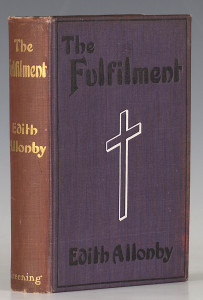
 That’s the English Rex rather than the American James McNeill. This covering letter, which was rescued from the archives of the booksellers Eric and Joan Stephens, was sent on 22 September 1968 from the National Trust property Blickling Hall, Norfolk, by the artist and Rex Whistler fan, John Sutcliffe. This letter bears a characteristic scraper board design by Whistler as a sort of letterhead. That’s how much Whistler meant to Sutcliffe.
That’s the English Rex rather than the American James McNeill. This covering letter, which was rescued from the archives of the booksellers Eric and Joan Stephens, was sent on 22 September 1968 from the National Trust property Blickling Hall, Norfolk, by the artist and Rex Whistler fan, John Sutcliffe. This letter bears a characteristic scraper board design by Whistler as a sort of letterhead. That’s how much Whistler meant to Sutcliffe.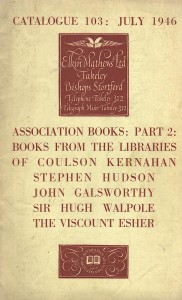 was issued by the well-established book dealer Elkin Mathews Ltd in July 1946, just a year or so after the close of the Second World War.
was issued by the well-established book dealer Elkin Mathews Ltd in July 1946, just a year or so after the close of the Second World War.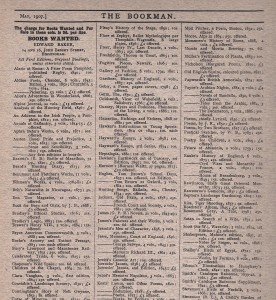 Before we report on the bargains available in May 1908 at Edward Baker’s Great Bookshop in John Bright Street, Birmingham (contrast it with Birmingham City Centre today, where there is not a single second hand bookshop ), let us examine what Mr Baker was prepared to give for top-end first editions in 1907 as advertised in The Bookman for May of that year.
Before we report on the bargains available in May 1908 at Edward Baker’s Great Bookshop in John Bright Street, Birmingham (contrast it with Birmingham City Centre today, where there is not a single second hand bookshop ), let us examine what Mr Baker was prepared to give for top-end first editions in 1907 as advertised in The Bookman for May of that year. magazine Tomorrow, which was devoted to ‘parapsychology, cosmology and traditional studies’. In it a review of Aldous Huxley’s Doors of Perception, which had originally appeared in Asia ten years before, reopens the dispute as to whether an artificially induced state of transcendence is equivalent in quality to a similar state achieved through a religious experience.
magazine Tomorrow, which was devoted to ‘parapsychology, cosmology and traditional studies’. In it a review of Aldous Huxley’s Doors of Perception, which had originally appeared in Asia ten years before, reopens the dispute as to whether an artificially induced state of transcendence is equivalent in quality to a similar state achieved through a religious experience.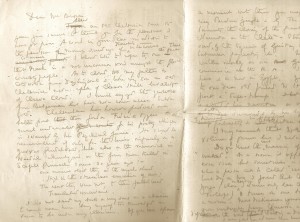 Found in a pile of papers around a year ago at Jot HQ is this draft of a barely decipherable ( hence the gaps and possible misreadings of words ) and incomplete letter written in pencil on the back of a typed Roneoed page headed ‘ The Association of British Chambers of Commerce/5thOctober, 1942/Parliamentary Bulletin No 462A/Information by question and answer. The draft letter is addressed to ( Ivor ) Brown, author of A Word in your Ear( 1942), a book that explores the history of certain words. The writer cannot be identified from any clues in the letter , though what clues there are might open up paths for Jot fans who are familiar with Cheltenham and the Cotswolds. Any with information are welcome to write in.
Found in a pile of papers around a year ago at Jot HQ is this draft of a barely decipherable ( hence the gaps and possible misreadings of words ) and incomplete letter written in pencil on the back of a typed Roneoed page headed ‘ The Association of British Chambers of Commerce/5thOctober, 1942/Parliamentary Bulletin No 462A/Information by question and answer. The draft letter is addressed to ( Ivor ) Brown, author of A Word in your Ear( 1942), a book that explores the history of certain words. The writer cannot be identified from any clues in the letter , though what clues there are might open up paths for Jot fans who are familiar with Cheltenham and the Cotswolds. Any with information are welcome to write in.